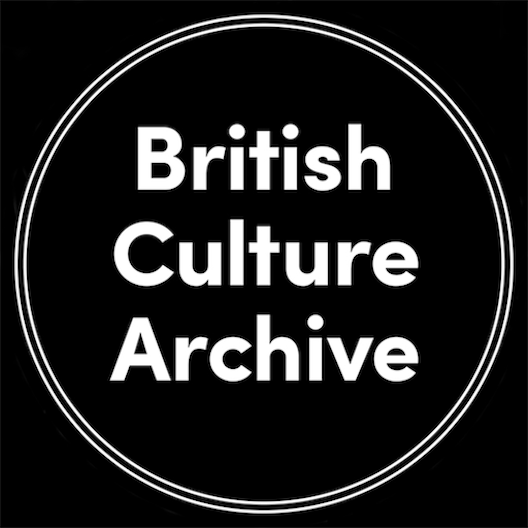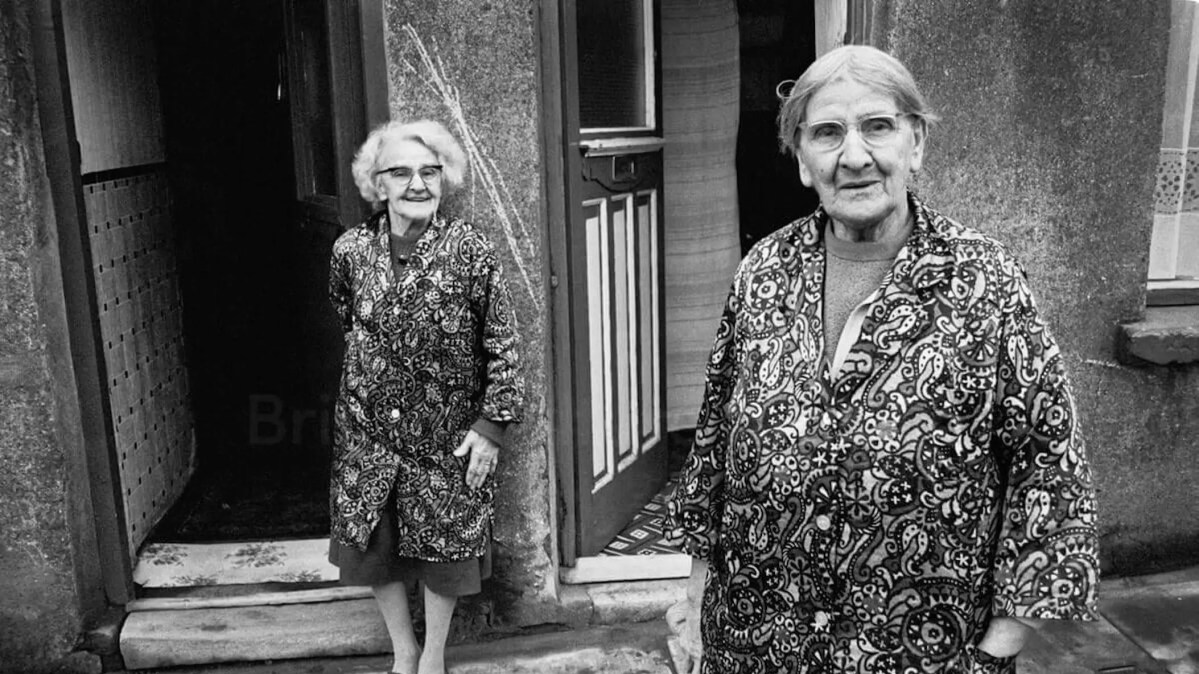

In 1990, while studying for a photography degree under the acclaimed photographer Nick Hedges, Robert Clayton undertook a social photography project to capture the residents and life of the Lion Farm Estate in Oldbury, West Midlands.
Working Class
Oldbury is located on the eastern fringes of the Black Country. It is a traditional working-class town with historical industrial links to neighbouring mining towns across the Midlands. Before the de-industrialisation era, most of its residents worked in the nearby factories and mines that defined the region’s landscape.
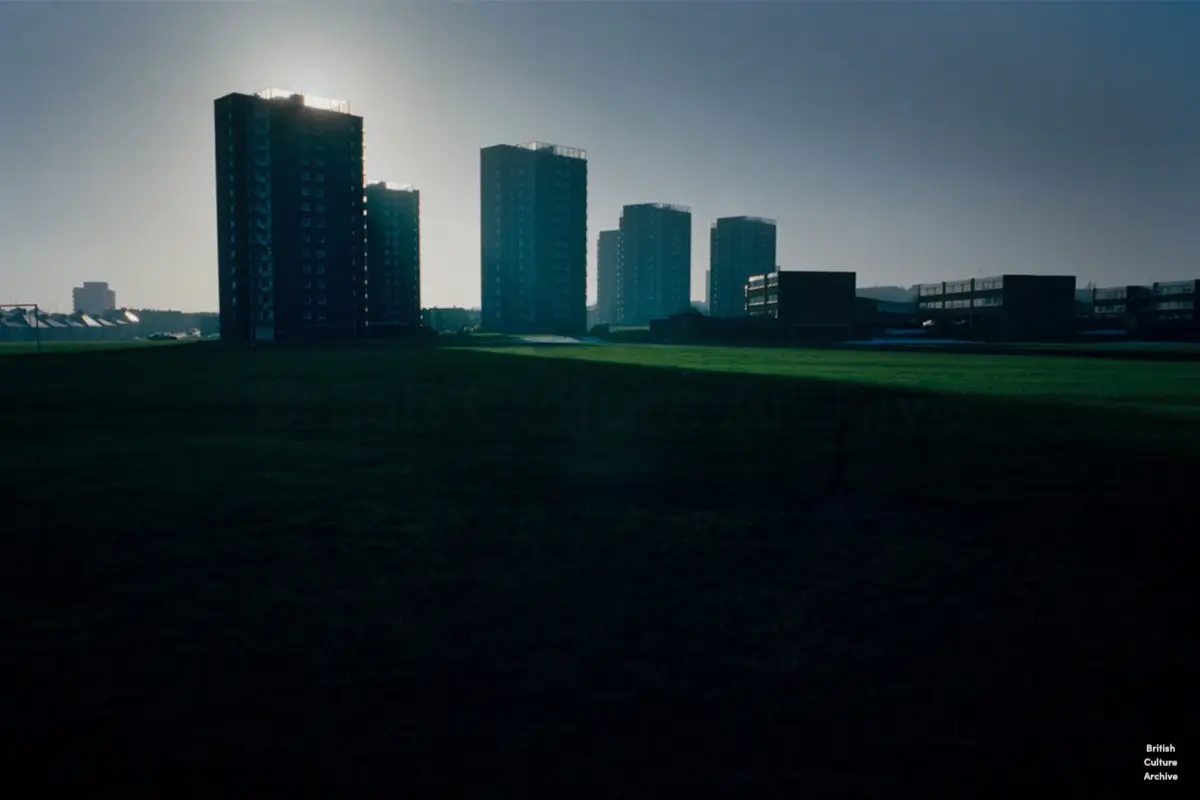
Photo © Rob Clayton, all rights reserved.
Thatcher
When the Lion Farm Estate was built after the slum clearances of the 1960s, it was seen as a modern and progressive upgrade for its newly rehoused residents. The demolished, ‘two-up, two-down’ terraced housing had outdoor toilets – a toilet inside their property was considered a luxury. However, like many large estates during the Thatcher-led government, Lion Farm became plagued by neglect, crime, and a lack of maintenance. The estate was eventually earmarked for destruction by Sandwell Council.
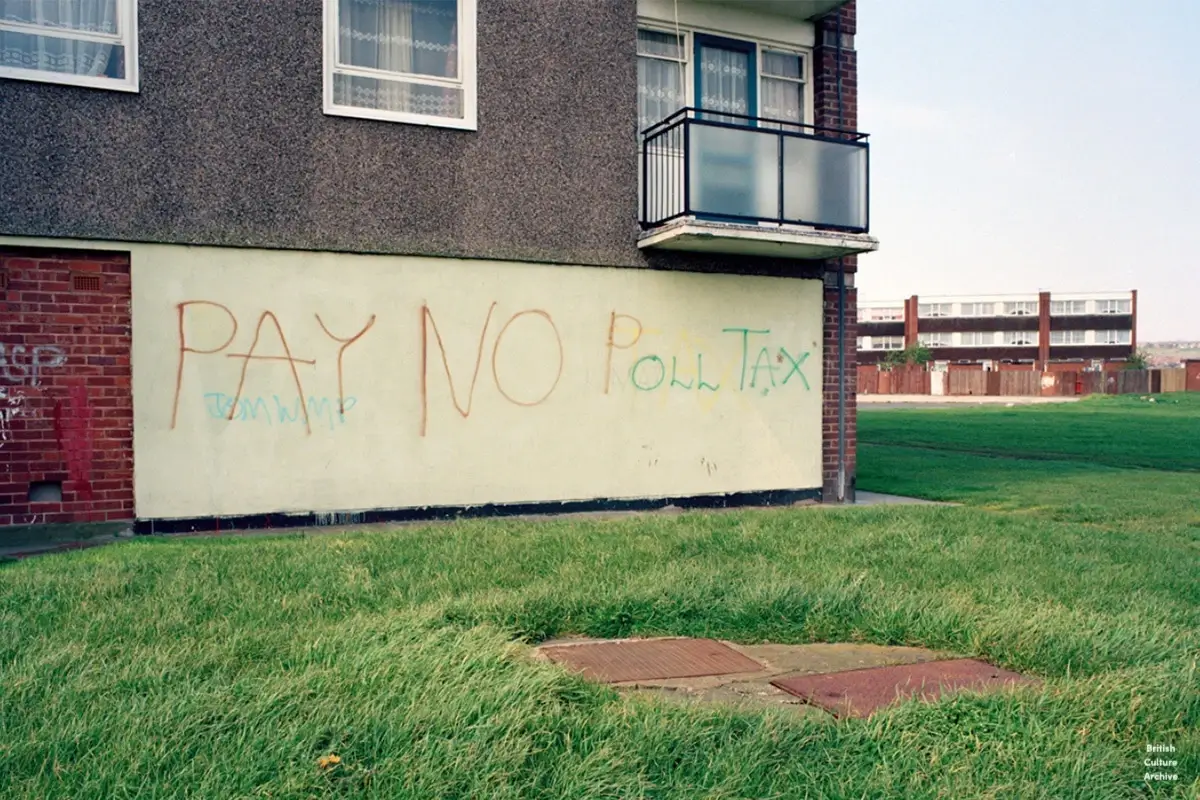
Photo © Rob Clayton, all rights reserved.
Right to Buy
Over twenty years since Clayton’s photos were taken, his images remain poignant. The need for affordable and quality social housing is a greater necessity than ever. The Right to Buy scheme in the 1980s saw vast stocks of social housing sold off at a fraction of the market value, adding significantly to the crisis and demand for housing that we see today.

Photo © Rob Clayton, all rights reserved.
“When Clayton started his series, he wanted to capture the reality of everyday life for residents on the estate. He explains in an interview with PhotoMonitor.”
“I wanted to photograph an environment that many people have to endure in their daily lives in a very accurate manner. For example, the playgrounds were hardly used, and why should they be? One element of them were old sewer pipes (leftovers from the days of construction) that were set in cement and deemed suitable for children to play on.”
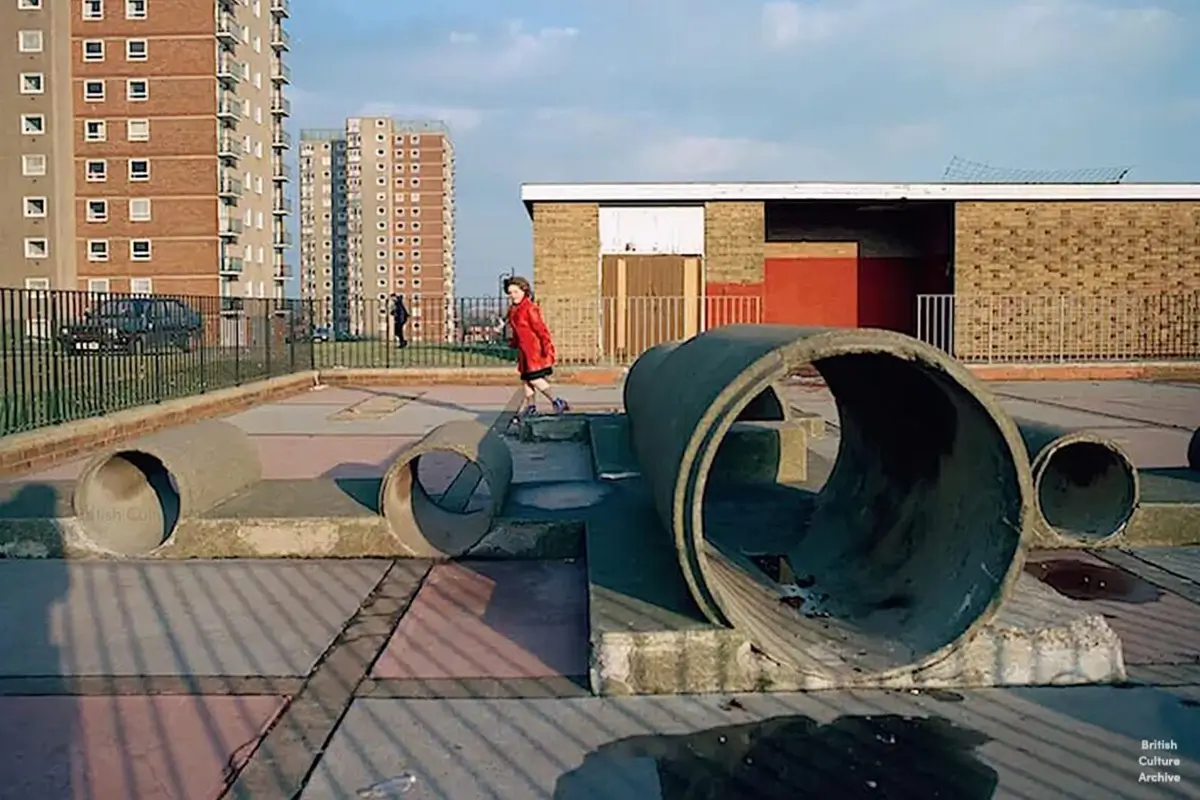
Photo © Rob Clayton, all rights reserved.
Lack Of Maintenance
The writer and filmmaker Jonathan Meades refers to this and questions the lack of maintenance afforded to such estates once they were built. “They were utopian in that they helped solve a real housing and public health crisis in the UK (look at Nick Hedges’ work ‘Make Life Worth Living’), and this is to be applauded, but then councils tended to walk away and neglect their upkeep.”

Photo © Rob Clayton, all rights reserved.
Clayton’s Estate series eventually became a critically acclaimed photo book that includes essays by the writer and gallery owner Laura Noble and Jonathan Meades. Jonathan sums up the series in the extract below from the book:
Time Capsule
Jonathan: “There was nothing special about Lion Farm Estate. It could have existed in more or less any British conurbation on the cusp of losing its raison d’être. What is special is Clayton’s humane rendering of it as a time capsule, which emphasises ordinariness. This was how it was for millions of people in the early 1990s.”
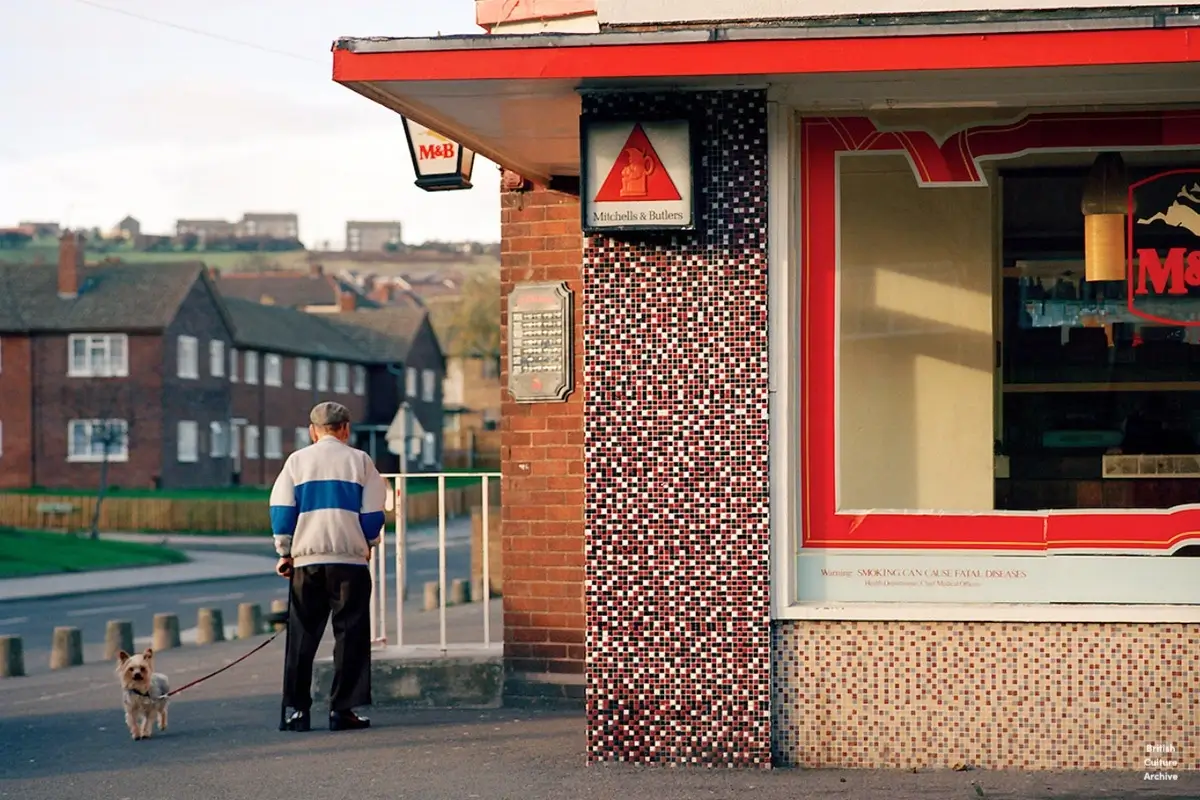
Photo © Rob Clayton, all rights reserved.
In recent years, Clayton has returned to Oldbury documenting the estate for his follow-up series “Estate Return.” A selection of these images are featured in our BCA21 galleries.
Gallery

Photo © Rob Clayton, all rights reserved.
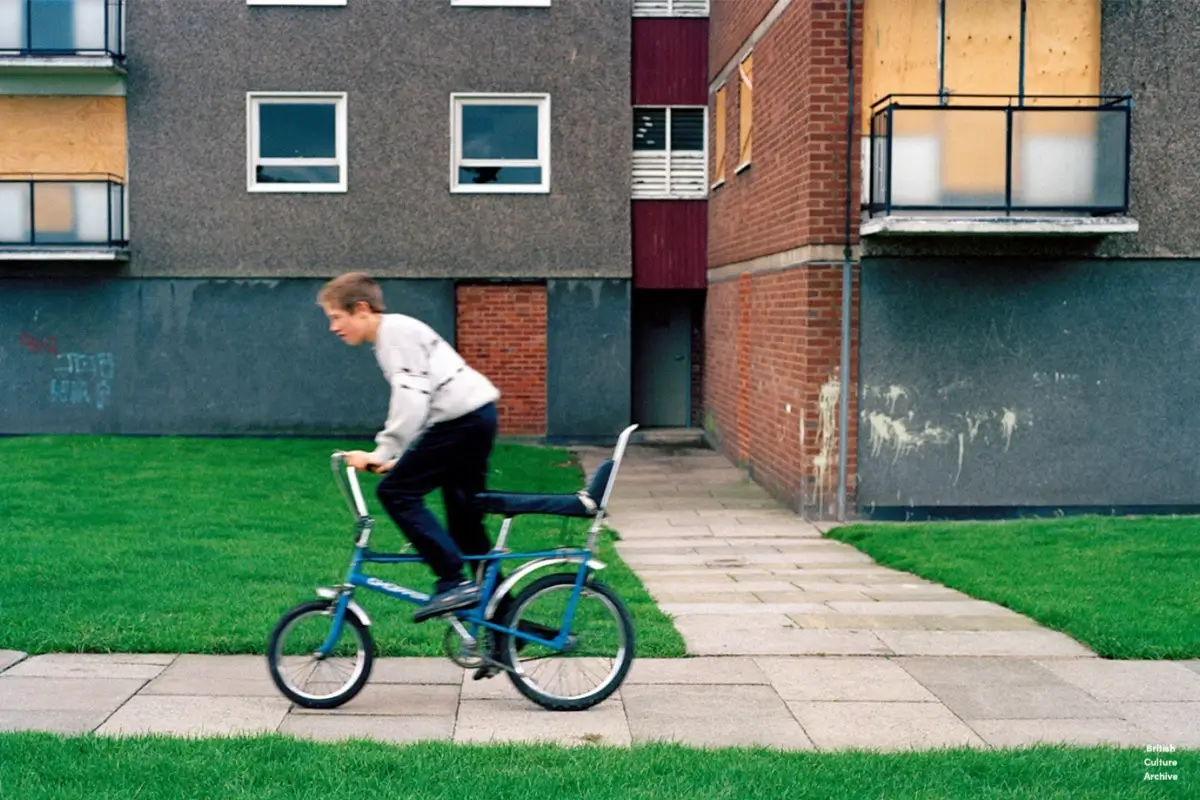
Photo © Rob Clayton, all rights reserved.

Photo © Rob Clayton, all rights reserved.

Photo © Rob Clayton, all rights reserved.
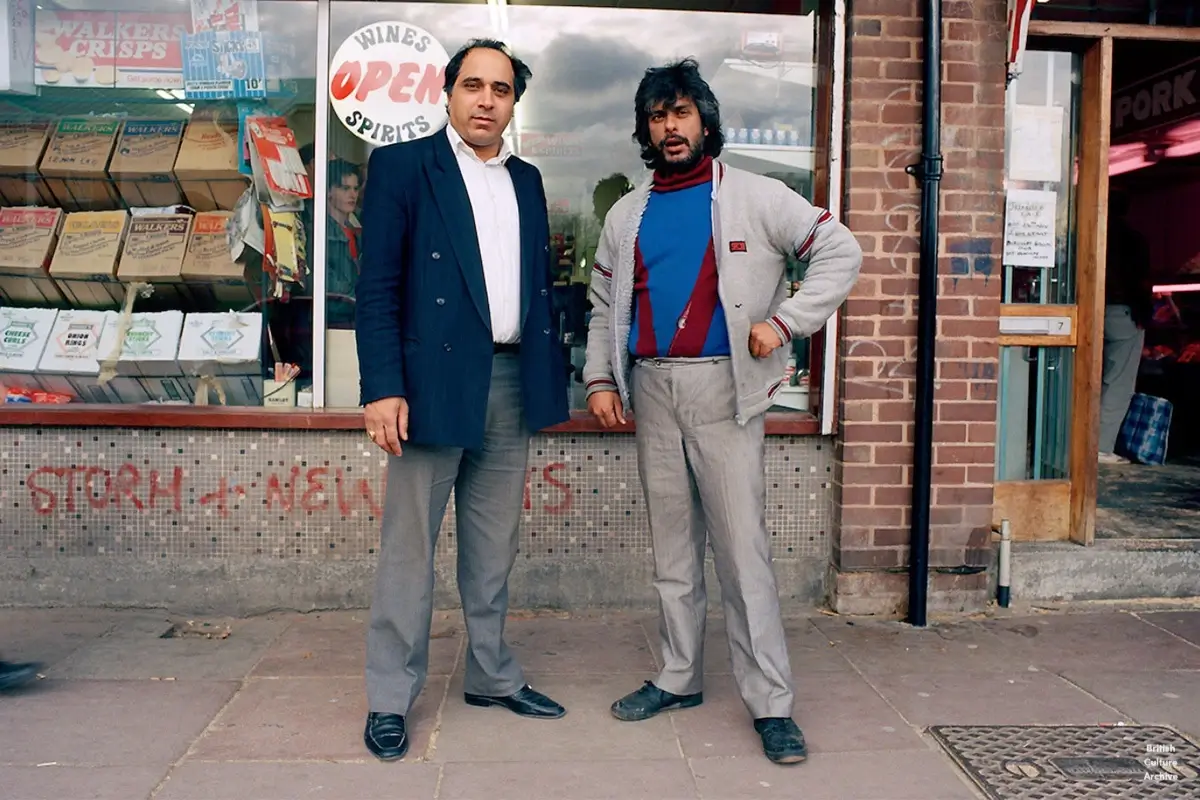
Photo © Rob Clayton, all rights reserved.

Photo © Rob Clayton, all rights reserved.
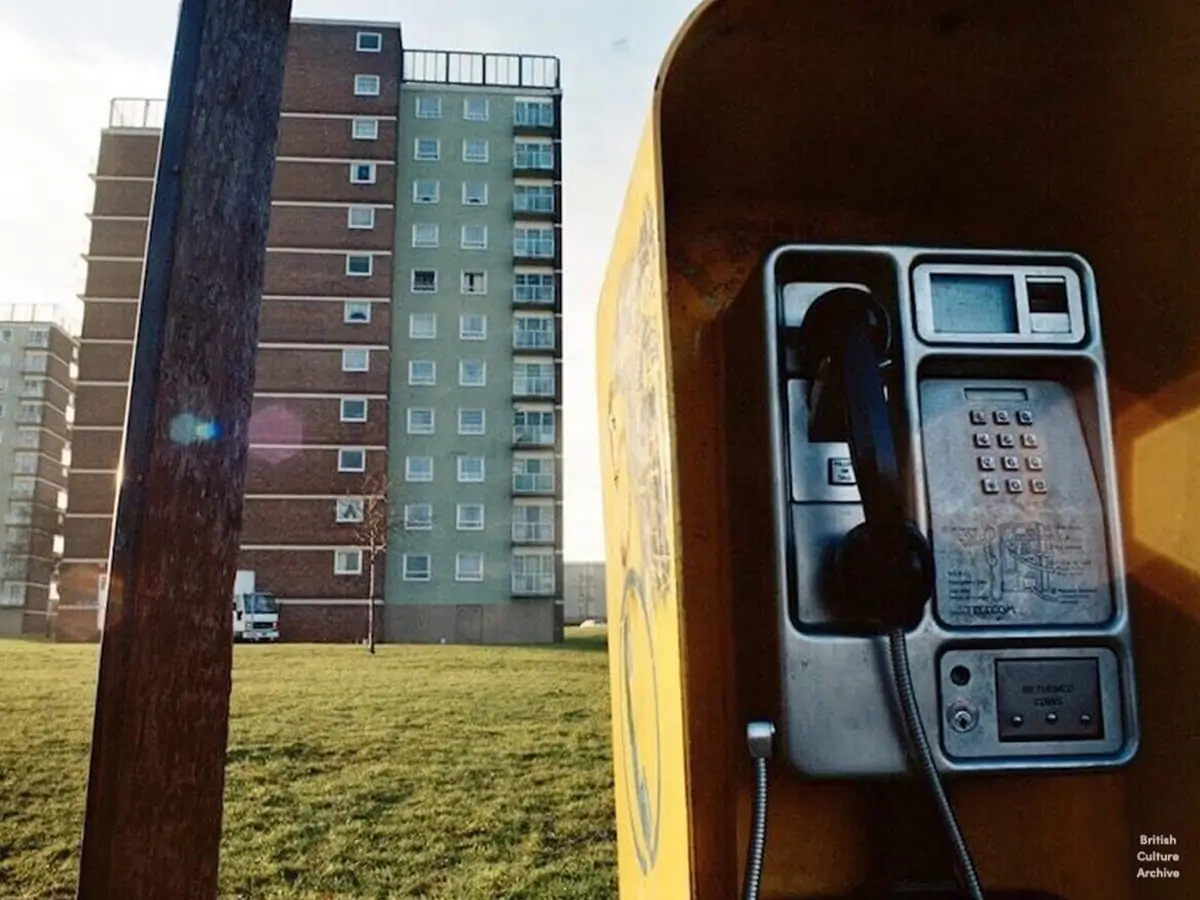
Photo © Rob Clayton, all rights reserved.

Photo © Rob Clayton, all rights reserved.

Photo © Rob Clayton, all rights reserved.

Photo © Rob Clayton, all rights reserved.
All photos © Rob Clayton. You can purchase Robert’s book Estate from Stay Free Publishing here.
- Article first published
READ NEXT
SUPPORT BCA
British Culture Archive is an independent archive and cultural resource set up through a genuine passion for photography. Since 2017, we have supported British photography by publishing and exhibiting works from photographers and by unearthing and giving a global platform to previously unseen photography.
Our online galleries and exhibitions will always be free for everyone. Public support and funding are vital for us to continue documenting and preserving important photography. If you appreciate our work, please consider donating through the link below.

